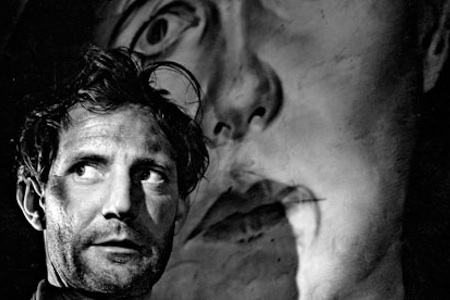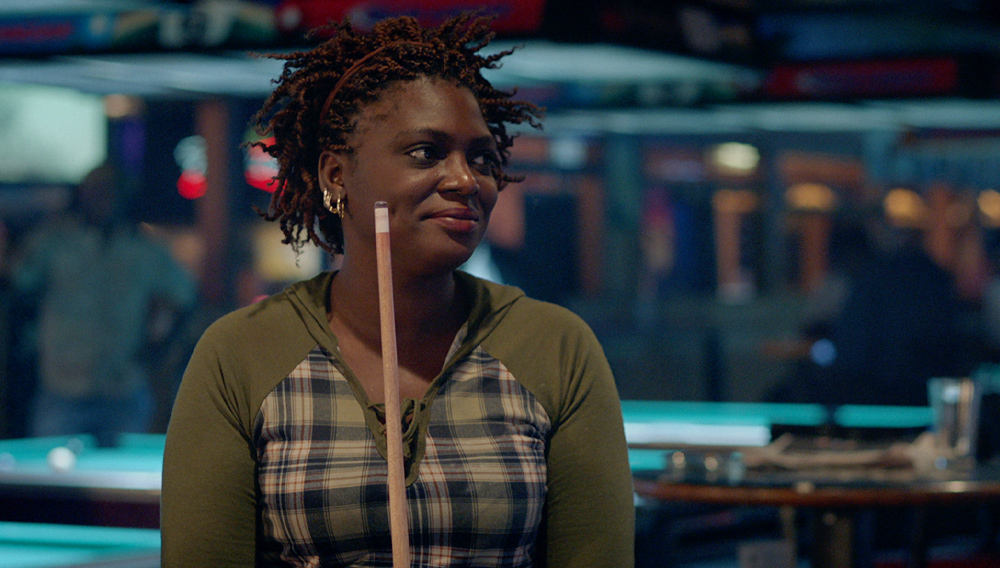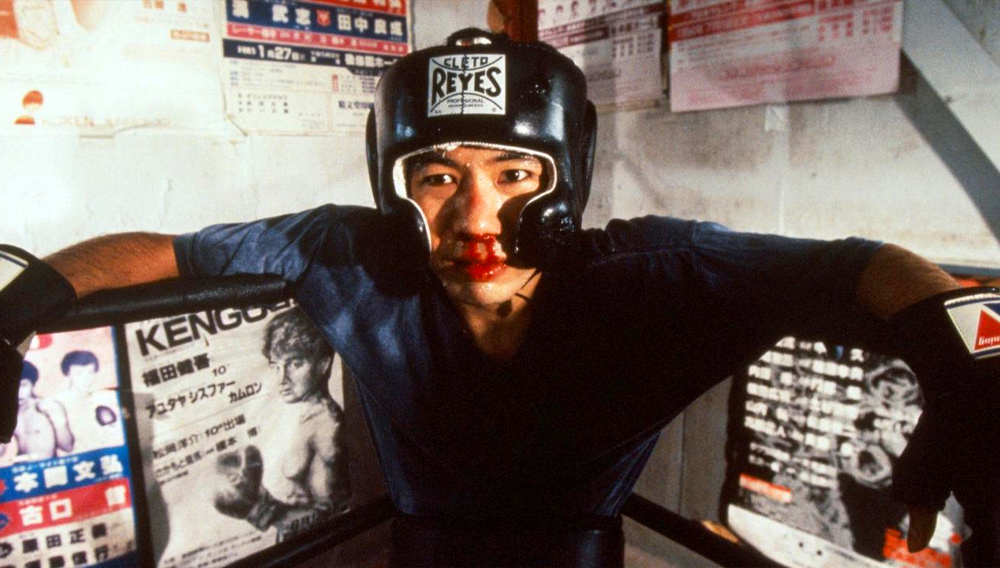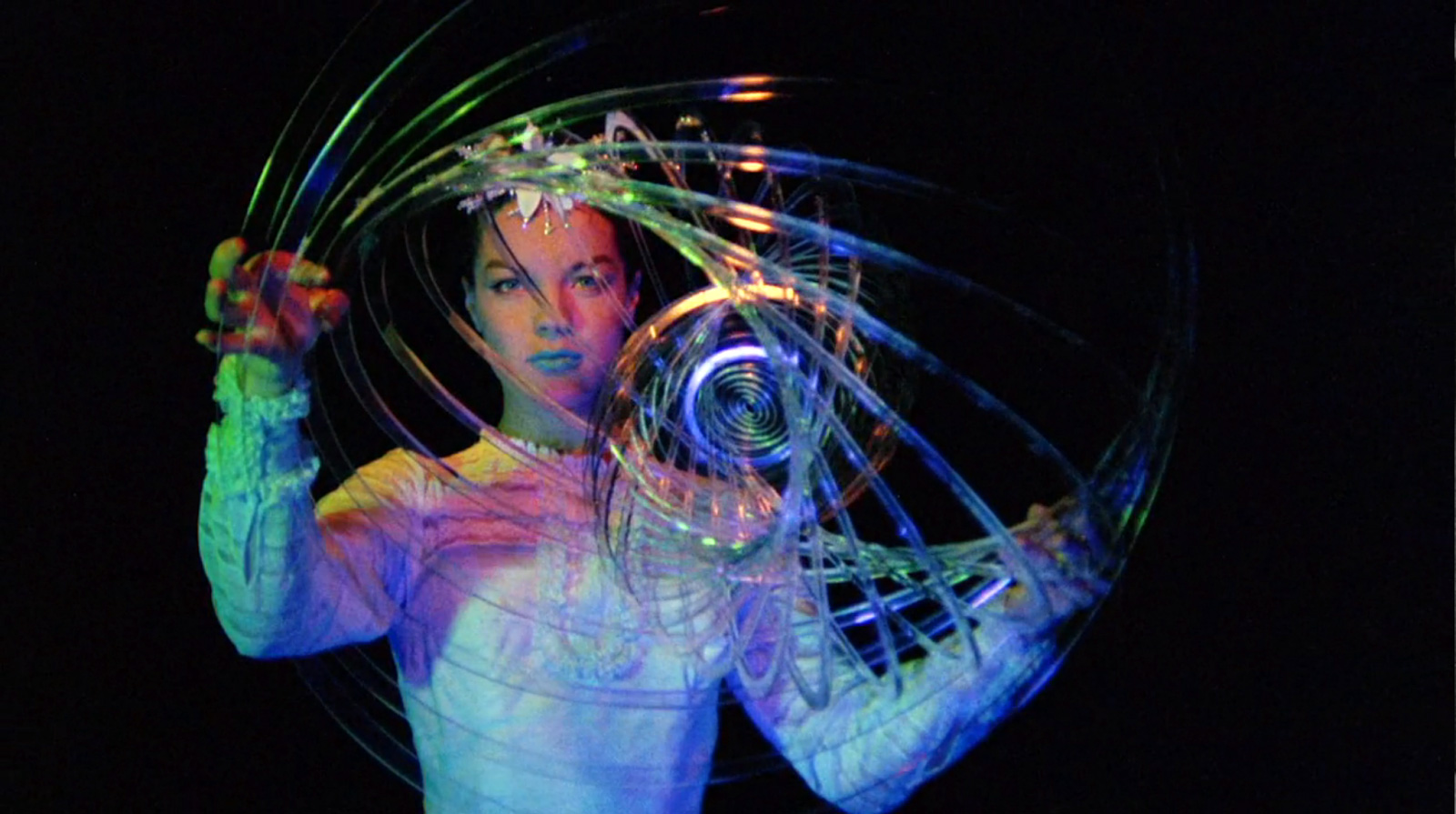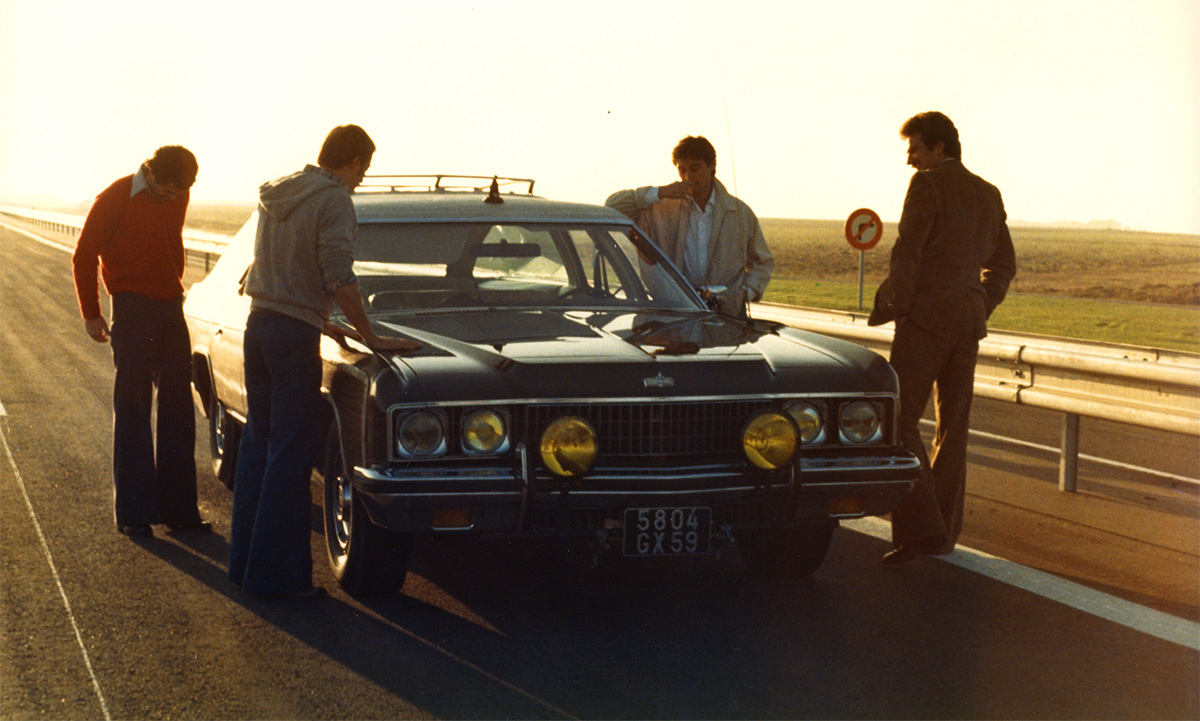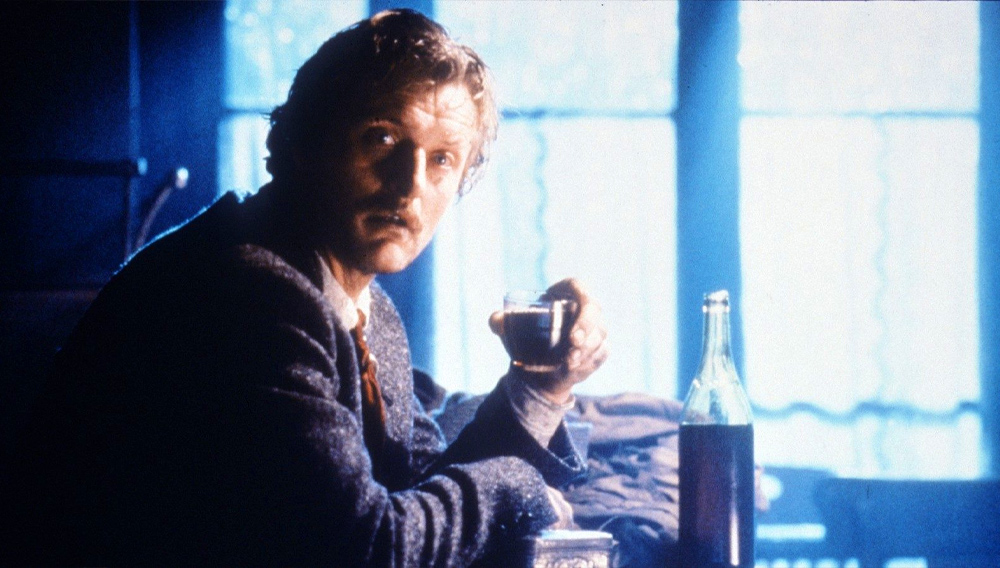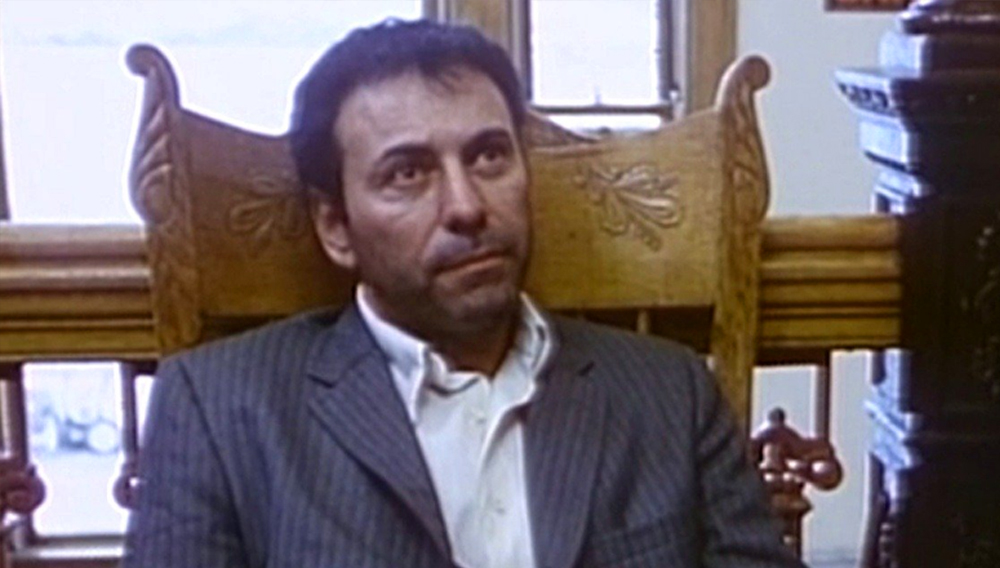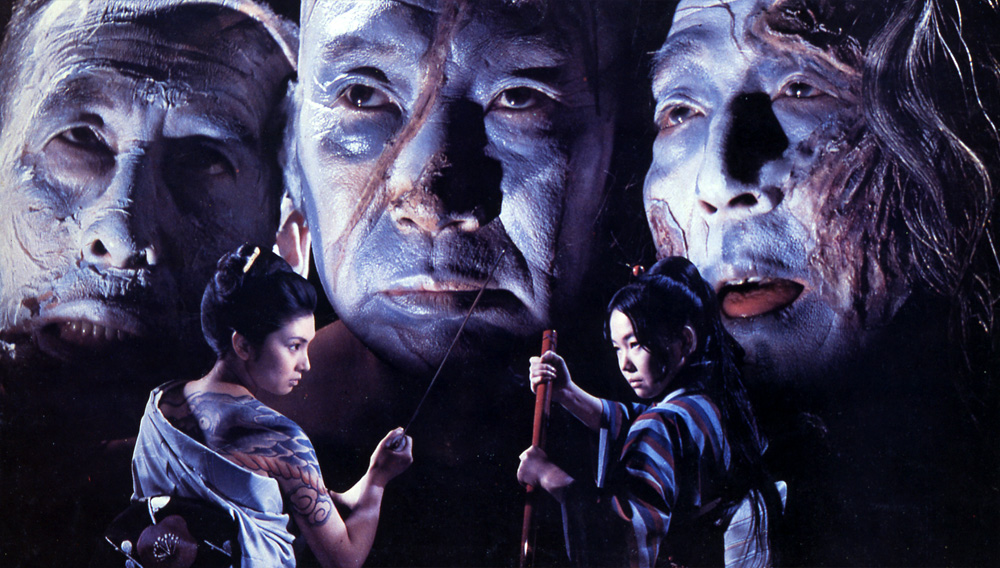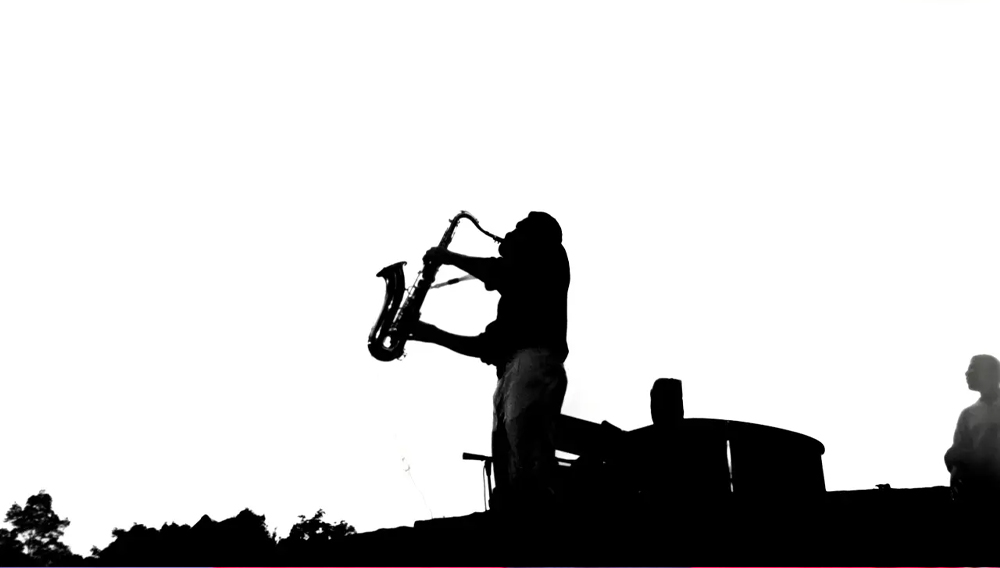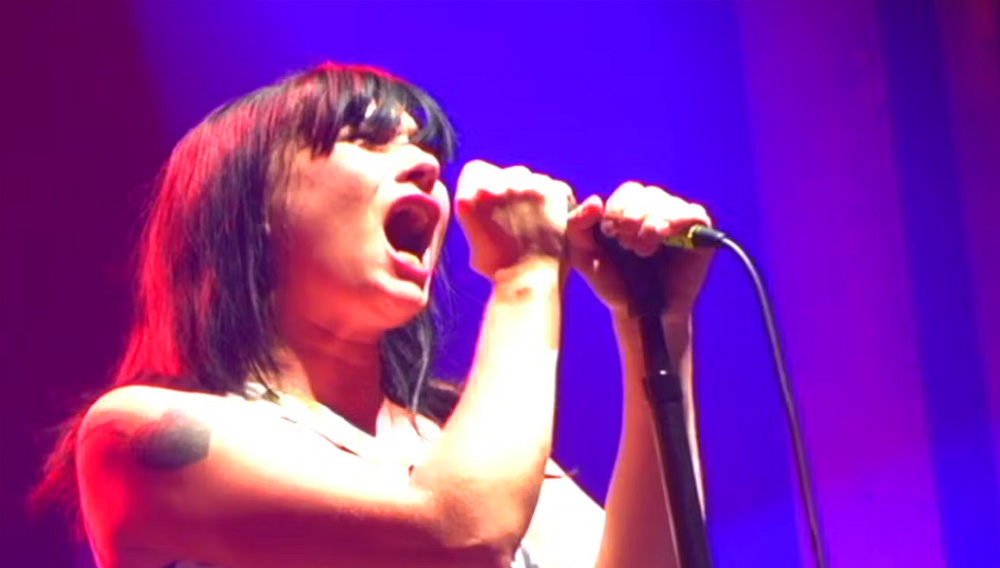Born in Rio de Janeiro, Alberto de Almeida Cavalcanti was a truly international filmmaker, working in France, England, Israel, East Germany, Romania as well as his home country. Fresh from architecture school in Geneva, Calvalcanti (as he was often billed) began a long career in film as a set designer for Marcel L’Herbier at a time when art still trumped commercial concerns. He went on to direct his own avant-garde films, beginning with Rein que les heures (1926), a symphony film about a day in the life of the city of Paris. When talkies became the industry norm, he became an expert in sound recording and was Paramount’s man in Europe, shooting remakes of Hollywood movies in Portuguese and French (to the chagrin of some of his former colleagues). In 1934, as part of the newly established GPO Film Unit in England, he became, among other things, the go-to sound guy, designing musique concrète style soundtracks for Coal Face (1935), a short documentary about Britain’s coal industry, and Night Mail (1936), easily the GPO’s most famous product. He headed the unit after Grierson’s departure in 1937 and, according to historian Charles Drazin, he “cast a long shadow” over GPO, even after he had left.
The didactic purposes of the unit had grown tiresome for Cavalcanti, who preferred the term “realist” over documentary, and, in 1940, he joined Michael Balcon’s Ealing Studio, where his realism-artworld sensibilities and technical proficiency made another lasting impact. He oversaw the production of the studio’s wartime documentary output and also directed an astonishing variety of feature films himself, including an adaptation of Charles Dickens’s The Life and Adventures of Nicholas Nickleby (1947), the war movie Went the Day Well? (1942), based on a Graham Greene story about a sleepy English hamlet infiltrated by a stealth battalion of German soldiers, and the charming Champagne Charlie (1944), set in London’s music halls and featuring the great Stanley Holloway (who later played Eliza Doolittle’s father in My Fair Lady). He also directed a section of Dead of Night (1945), in which he inaugurated a now well-worn cinema trope of the mad ventriloquist and his creepy, domineering dummy. And, his They Made Me a Fugitive (1947) combined his social-issue concerns with noir visuals and a crime-world story line, laced with self-deprecating British witticisms impeccably delivered by Trevor Howard and Sally Gray. Balcon gave due credit to Cavalcanti in his memoirs for Ealing’s signature style: “It was Cavalcanti’s close association with me which provided the force from which emerged what are now thought of en bloc … as the Ealing films.”
Throughout his film career, his social and political concerns shine through. From Rien que les heures, which focuses on the city’s work-a-day world, to Nicholas Nickleby, a quest for suitable employment that reveals just how unfair the exchange of labor for wages really is. Even in Champagne Charlie, whose frothy narrative is propelled primarily by the performance of drinking songs, dramatic tension is derived from a drawing room-dressing room romance and the low-class music hall’s survival in the face of a powerful, disapproving aristocracy.
Cavalcanti’s prestige abroad ultimately brought him home to Brazil, where he was asked to run the newly established Vera Cruz Studio in São Paulo, a mid-century attempt at establishing a national cinema using Hollywood studio practices—high-production values and a star system—to tell Brazilian stories. While there, he was involved in Adolfo Celci’s O Caiçara (1950) and Lima Barreto’s O Cangaceiro (The Bandit of Brazil, 1953), among the first Brazilian productions to compete at Cannes. Before leaving Brazil, under pressure from a conservative government blinkered by Cold War anticommunism, he directed his own Cannes competition film, O Canto do Mar (1953), a remake of his 1928 French silent En rade, and an early entry in the Brazilian genre of films about the country’s impoverished northeast, shot on location in Pernambuco and featuring nonprofessional actors.
England and Brazil have drawn recent attention to Cavalcanti, with BFI Southbank’s summer program of his films, the London Film Festival’s “Dark Ealing” program going on now and a selection of his films playing at the recently concluded Festival do Rio. Writers on both sides of the Atlantic have lamented that no biography has yet been written of this man who was a major force in three national cinemas. In his own book, the 1951 Filme e realidade (Film and Reality), he flatly states that “without a cinema, there cannot be, today, a great nation,” and encourages Brazil to pursue documentary as a form to tell its stories. “Hygiene, agriculture, thousands of other issues await. They are more absorbent than adultery, the detective novel, cheap folklore, easy sentimentality and false poetry.” Then he gets right down to telling how, or rather, how not, with a list of 14 Don’ts* for the documentary filmmaker, which, true to Cavalcanti form, easily applies across genres.
1. Don’t portray general subject matter: Write an article about the post office but make a film about a letter.
2. Don’t deviate from the principle that there are three fundamental elements of documentary: the social, technical and poetic.
3. Don’t neglect your plot, nor rely on chance during filming: When your plot is ready, your movie is made. To start shooting, you just begin it again.
4. Don’t rely on voiceover commentary to tell your story: The images and the soundtrack should do that. Commentary is annoying and funny commentary even more so.
5. Don’t forget, when filming, that each take is part of a sequence and each sequence is part of the whole: The best take inserted out of place is worse than the most banal one.
6. Don’t invent camera angles when they aren’t necessary: They are distracting and destroy emotion.
7. Don’t overuse rapid cutting: An accelerated rhythm can be just as monotonous as pompous long takes.
8. Don’t use music in excess: If you do, the audience stops hearing it.
9. Don’t overload your film with synchronized sound effects: Sound is best when used suggestively. Complementary sounds are the best soundtrack.
10. Don’t commission a lot of complicated optical effects: Dissolves, “fade-ins” and “outs” help to punctuate your film. They are your commas, semicolons and periods.
11. Don’t shoot a lot of close-ups: Save them for the climax. In a well-balanced film, they appear natural; when excessive, they tend to choke a film and lose meaning.
12. Don’t hesitate to deal with human elements and human relations: Human beings can be as beautiful as other animals, as beautiful as machines or a landscape.
13. Don’t confuse your topic: A true story can be told clearly and simply. However, clarity and simplicity do not necessarily negate the need for dramatization.
14. Don’t lose the opportunity to experiment: Documentary achieved prestige through experimentation. Without experimentation, the documentary loses its value. Without experimentation, the documentary would cease to exist.
*Though first published in his 1951 book, Filme e realidade (Livraria Martins Editora, São Paulo, 1953, p. 76), this list was first “issued” in 1938 when Cavalcanti presented them in a lecture in Brussels.

